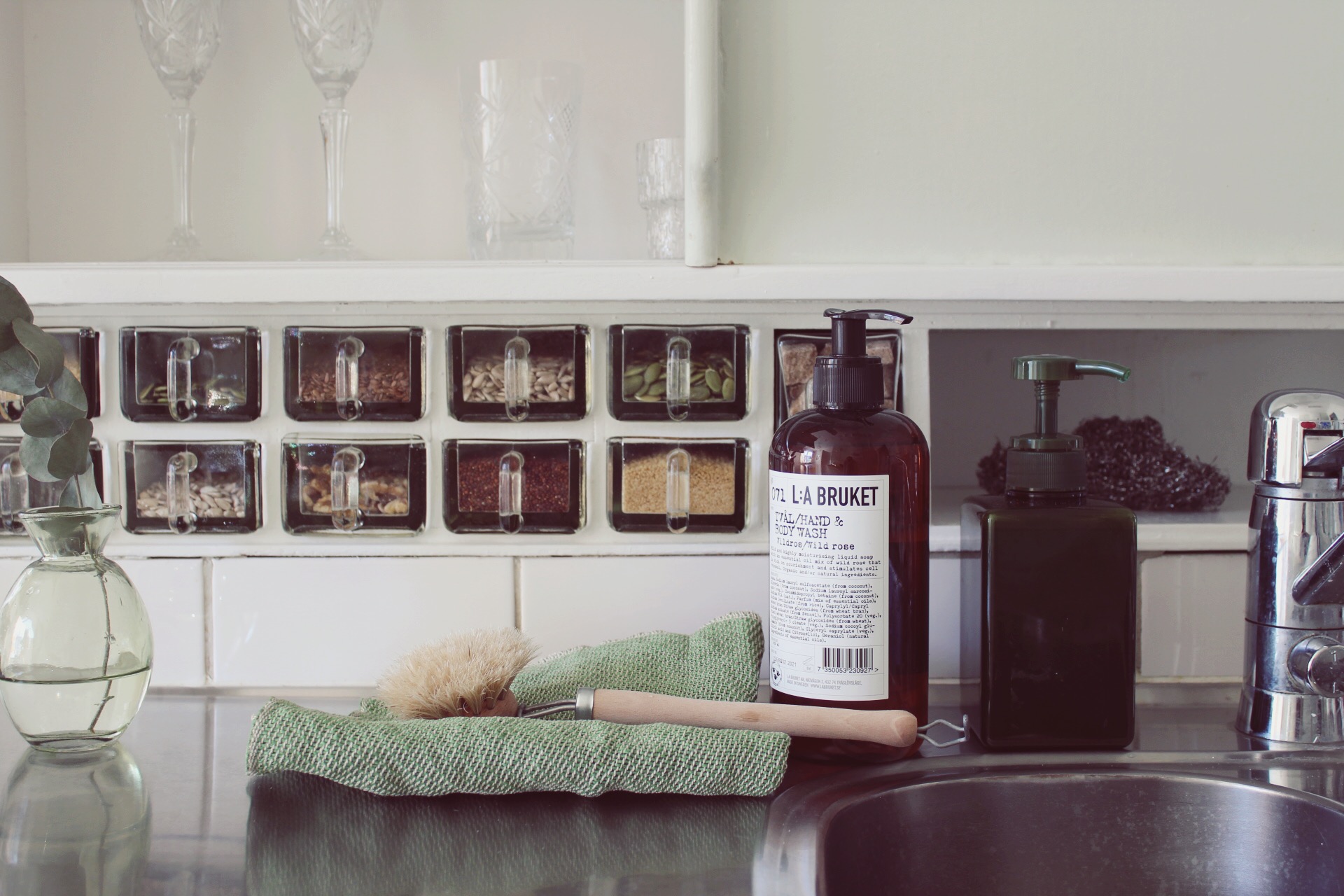Our everyday activities and decisions are the ones that matters the most when it comes to leading a conscious lifestyle. And this becomes even clearer on awareness days like Earth Day (22 April).
It should of course be Earth Day every day and the messages surrounding the day should be considered every day. Our everyday activities / decisions / purchases matter, because what we do on a daily basis has the biggest impact, and these are the actions we need to be conscious of to be kinder to our planet. To consider the things we do and use, and dispose of, every day.
This year’s Earth Day focused on plastic pollution to target the issue of over consumption and plastic ending up in nature and in our oceans – a threat to biodiversity, the lives and health of animals and humans.
As consumers, there are many things we can do to help end plastic pollution. We can obviously be more conscious when we’re out and about, to not leave plastic behind and avoid single-use plastic products, but the changes we can do at home, in regards to the things we use on a daily basis can, naturally, have a bigger impact.
Starting at home
The big plastic polluters are the single-use products that we don’t recycle, and we’re also learning more and more about microplastics that can be found in beauty products and clothes, that get washed down our drains and into our oceans, and subsequently into our food. Policies are helping us, with microbeads in beauty products being banned in many countries for example. But as consumers, we need to also be considering our options to reduce our plastic pollution, with one example being purchasing less clothes made from polyester.
When it comes to our home, it’s mainly our kitchens and bathrooms that are big plastic polluters, as we purchase single-use products, often made from plastic or wrapped in plastic. But at the same time, there are many small changes we can do here. Changing everything overnight is of course difficult, and not necessarily sustainable as we should be using what we have for as long as possible, but changing our consumption behaviour, step by step, can truly make a difference.
Small sustainable changes for your bathroom
To get started, doing some sort of audit is always a good idea. What have you got in your bathroom? What do you use the most? What’s made from plastic? What other, greener options are there out there?
In my bathroom, I’m slowly but surely replacing plastic options with products made from other materials, and at the same time, trying to find more sustainable options, where the materials have been sourced sustainably.
- Soap bars (in limited or non-plastic wrapping) replacing liquid soap in plastic dispensers
- Soap bar holder made from concrete
- Toothbrush made from bamboo (consciously made and funding oral care projects around the world)
- Boxes and shelves made from bamboo
- Bin made from aluminium
- Wooden toilet brush in concrete holder
- Bathroom rug in organic cotton
- Replacing plastic beauty product containers with glass ones (or even packaging-free products)

A greener kitchen
The kitchen is probably the most difficult room as we purchase new products constantly to feed ourselves but there are of course a lot of plastic-limiting actions we can consider when it comes to our grocery shopping. Bringing our own shopping bags, avoiding products with plastic wrapping, bulk buying etc etc. But we can also make more conscious decisions when deciding what to buy to use in our kitchen and how to store our products.
- Wooden brushes for washing our dishes
- Non-plastic cloths
- Buying in bulk or buying re-fill and storing products in glass containers
- Using glass containers where possible and buying re-fill soap and washing-up liquid (I haven’t found a good glass option yet so my current solution is a re-fill dispenser made from recycled plastic)
- Wooden kitchen utensils and chopping boards
- Replacing cling film with bees wax wraps (or keeping food in glass containers or bowls in the fridge)
- Glass or metallic lunch boxes

There are of course many more changes you can be making in your home to reduce your plastic consumption, and it’s easy to feel overwhelmed. But remembering that replacing something small, that you use a lot, with a non-plastic replacement will make a big difference, so start there!
What are your top tips for reducing plastics at home?

